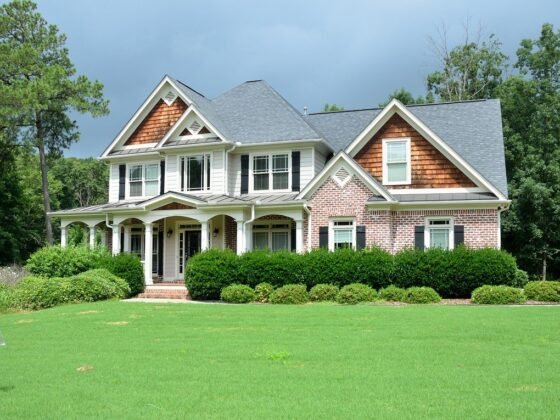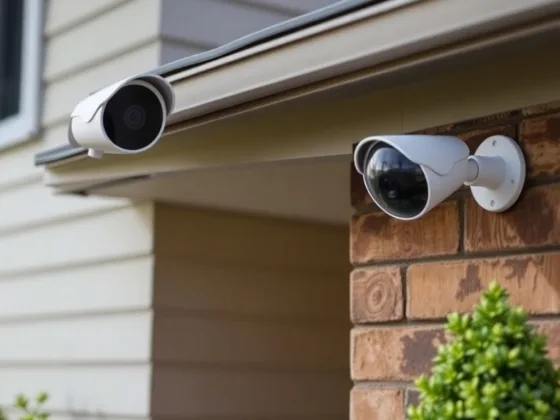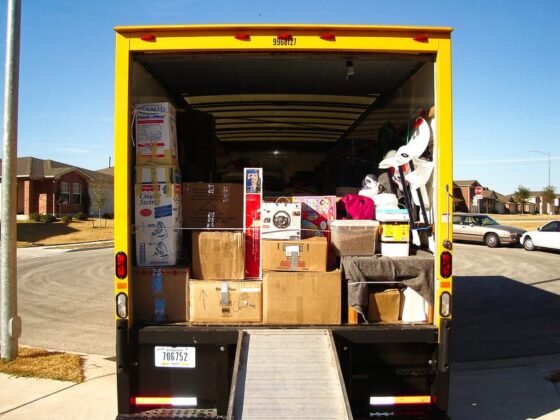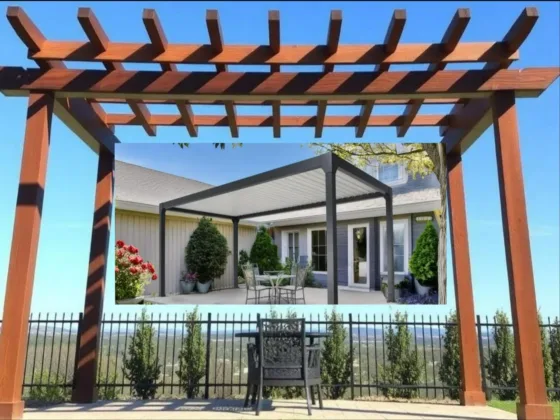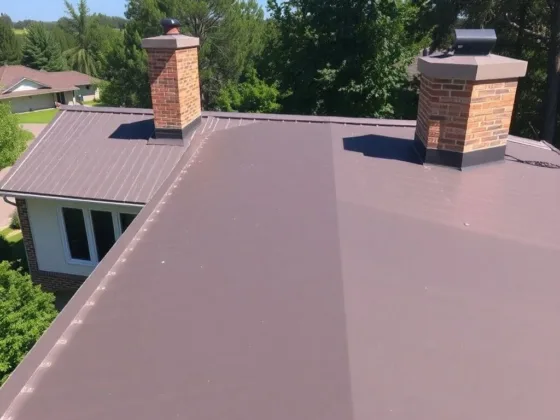Table of Contents Show
What’s left on your to-do list?
Juggling work and family, the average American only has 38 minutes of free time a day. The lack of free time means that on average, 14 items are left undone on our to-do lists every week!
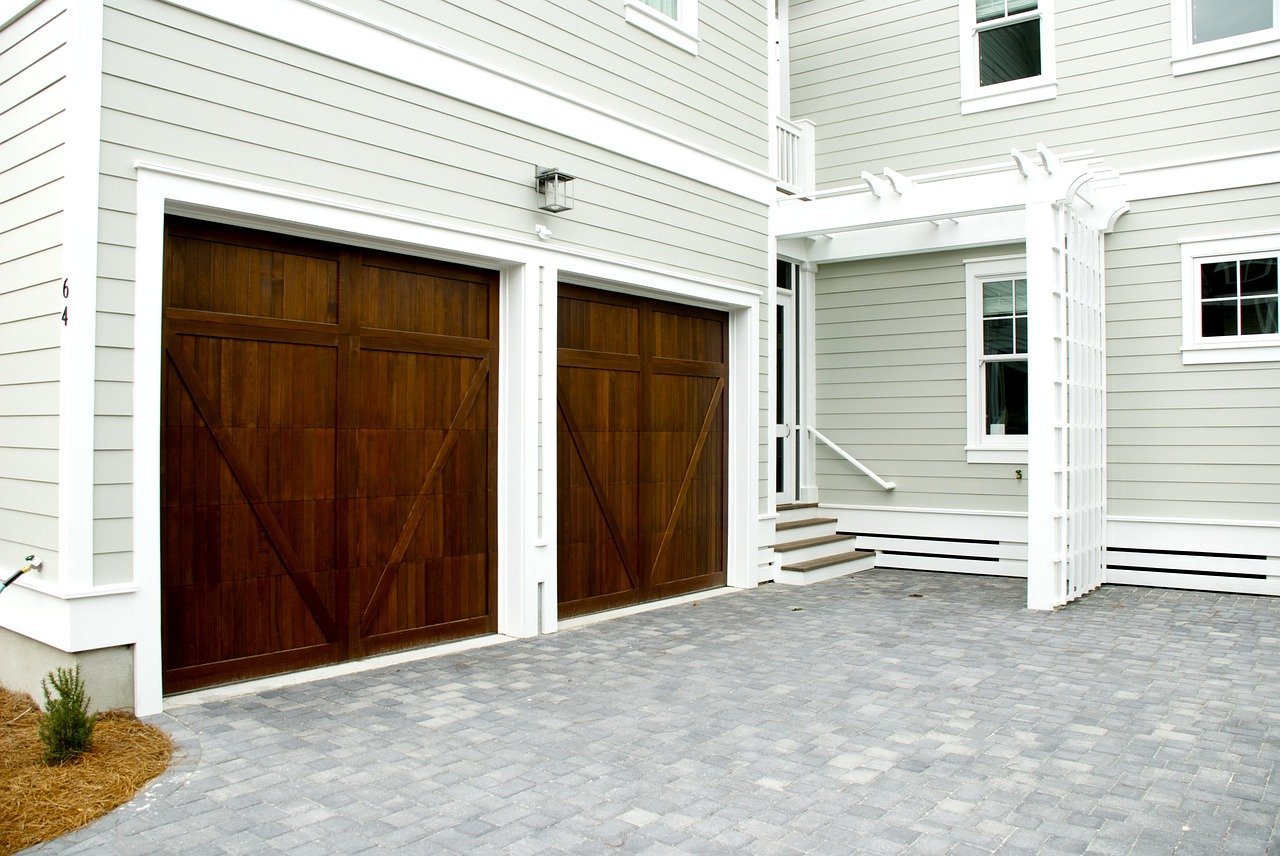
Unfortunately, not addressing home maintenance tasks winds up costing you more time, and money in the long run.
For instance, if your garage door won’t open properly, you waste precious minutes every time you have to struggle to open or close the door.
Luckily for you, we’ve created this guide all about diagnosing common garage door opener problems. From cleaning the sensors to resetting the power source, there are a ton of things you can do today to fix your door once and for all.
Why won’t my garage door open? Read on to find out!
Garage Door Isn’t Responding to Remote Control
Are you using the wall switch or remote, yet your garage door isn’t moving at all? When neither the wall switch nor remote can activate the opener, it’s likely your power source has been disrupted.
If you’re lucky, all you’ll need to do is plug in an unplugged motor unit. Simply check the outlet you have the opener plugged into, and make sure the cord is snugly plugged in place.
If the opener’s plugged in, but the door still won’t budge, the next step is to check the breaker to see if the circuit for the opener’s burned out.
When other lights in your garage aren’t functioning, it’s much more likely you’re dealing with a blown circuit or burned out fuse.
Simply reset the breaker, or replace the old fuse, and try using the wall switch again. If the circuit breaker trips again, you’re likely dealing with a short circuit in the garage door opener.
Lastly, when the remote and wall switch isn’t working, it could also mean your opener’s motor is at the end of its life.
If your opener’s motor burned out, you’ll need to call a service professional to replace it. We suggest calling a company that can perform same-day repairs like the professionals at Garagedoor405.com.
It’s also a good idea to call in garage door experts if you suspect you’re dealing with a broken spring.
Read Also:
Signs of a Broken Spring
How can you tell if it’s your garage door spring that’s broken, rather than the opener? When you have a broken garage door spring, the door cables tend to be loose.
If you notice your cables are hanging loosely in place, you can be certain the spring isn’t working properly.
Next, check to see how heavy the door feels. When the torsion spring’s broken, the garage door essentially becomes dead weight.
The broken spring, and deadweight effect, would explain why your door may be able to open a few inches, but not all the way.
Lastly, did you hear a long bang sound coming from your garage? When torsion springs break it’s loud! If you heard a loud bang, and then your garage door wouldn’t open, you can bet the torsion spring is broken.
Reset Remote Control
Next on our list of common garage door opener problems, let’s talk about resetting your door limits and remote control. It’s easy to blame your garage door opener when you’re having trouble opening or closing the door.
However, oftentimes the real issue is that you need to reprogram your remote control.
Sometimes, the signal between the garage door remote and opener gets interrupted. Before you call in a professional to fix your garage, first try reprogramming the garage door remote to sync it up with the opener machine.
To reset the remote control, find the learn button on your opener. Once you locate the learn button, press it, and then immediately hold down the button on your remote control.
When the garage door opener’s lights flash, you’re all done. Now, hopefully, your remote control will be able to open the door! If not, the next step is to try resetting your door limits.
How to Reset Door Limits
Is your garage door closing, and then opening back up? When you’re opener is behaving this way, you likely need to reset the limits on your garage door.
Grab a flathead screwdriver and locate the adjustment screw on the side of the garage door opener.
If your door’s closing, and opening up, you’ll need to turn the screwdriver 1 time on the adjustment screw, in a clockwise direction.
Next, try opening and closing the door again. If you’re still having problems, continue moving the adjustment screw in a clockwise direction, 1 turn at a time.
Retest the door after each 1-turn adjustment of the screw. If after adjusting the down limit screw you’re still having issues, your problem could lay with the safety sensors.
Check the Safety Sensors
If you’ve tried everything in this article, but you’re still having garage opener problems, you could be dealing with a bad door sensor.
Here are the things to check when inspecting your sensors:
- Path
- Power
- Lenses
- Moisture
- Alignment
- Condition
First, make sure there isn’t anything blocking the path of the sensor. Next, try disconnecting and reconnecting the sensor’s power source. You should also clean the sensors, especially if you live somewhere with a lot of wind.
Do you notice any moisture around the sensors? If yes, you’ll want to dry them off with a microfiber cloth. Moving on, look to see if the sensors are lining up with each other.
Looking at the LED lights on both of the sensors, if the lights are red or flashing, your sensors aren’t aligned. Lastly, if you have an older door, it’s possible you need to replace the worn-out sensors completely.
Diagnose Your Garage Door Opener Problems
The next time you hear someone wondering, “ why won’t my garage door open”, you’ll already know a few possible answers! When it comes to diagnosing garage door opener problems, it’s all about the process of elimination.
If after reading this article, you’re still unsure what you should do, it’s time to call in the pros.
Remember to look for a same day service garage door repair company, so you don’t have to deal with the hassle of keeping an appointment. For more tips like these, explore the rest of this site.


